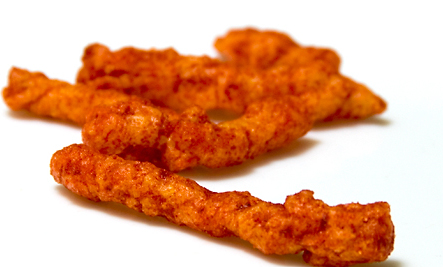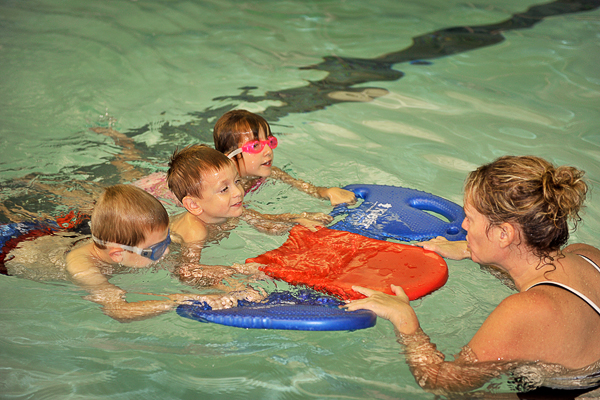In the Disney classic, “The Little Mermaid,” a crab named Sebastian sings “Kiss the Girl” to the Prince. It’s a good thing he didn’t succeed, or else he may have caught mono! Mono, also known as the “kissing disease,” is a virus that is spread through contaminated saliva, hence the nickname. Once the virus enters your body, symptoms may not show up until 30 to 50 days after exposure! The symptoms can overlap with other diseases, like strep and the flu. A person with mono feels lousy and tired, with muscle aches, headache, stomach ache, sore throat, nausea and fever.
To diagnose mono, a simple finger prick in the office is usually enough. Sometimes, blood has to be drawn. Since mono is a virus, there is no medicine to make the virus go away faster. Time, rest and fluids are generally all that are needed. Sometimes, the sore throat is so severe that we prescribe steroids to shrink the swelling of the throat, so the patient can eat and breathe more easily. In half the patients, the spleen is enlarged. Sometimes we can feel the spleen on exam and sometimes we can’t. A lot of blood passes through the spleen. If a patient with an enlarged spleen gets hit in the stomach, it can make the spleen tear. That can be very serious! For that reason, we do not let patients with mono participate in PE, sports or any activity where they could be hit in the stomach for four weeks.
Ok, you finally feel better—now what? Even after you feel 100 percent, the virus is in your saliva for six months! And up to 20 to 30 percent of previously infected people can spread the virus in their saliva at any particular time, even years later! Even more important not to “Kiss the Girl – or Guy!”









